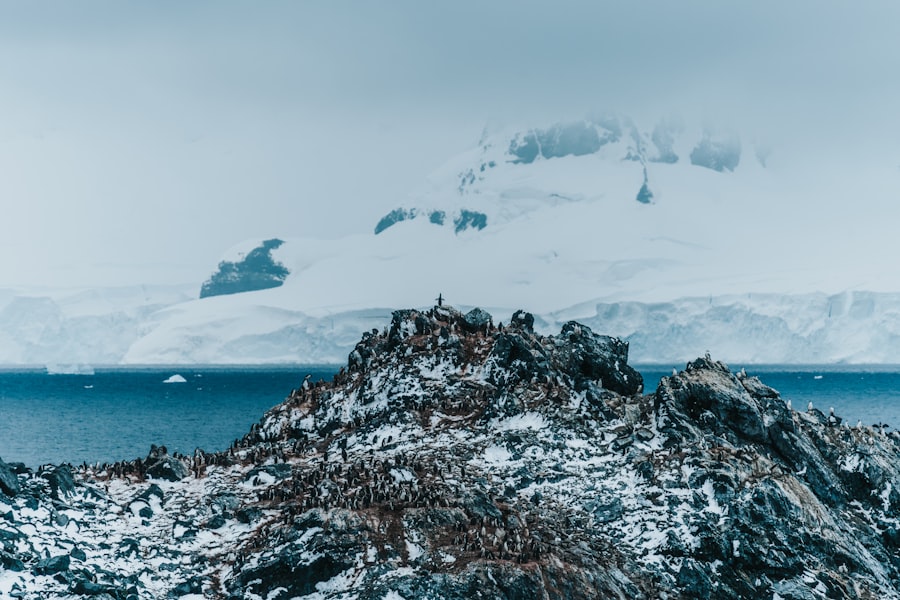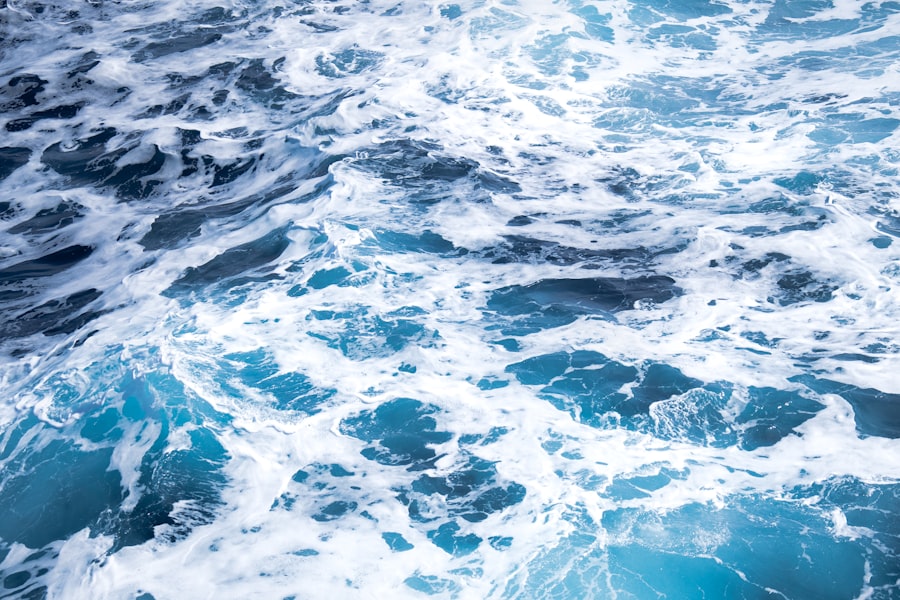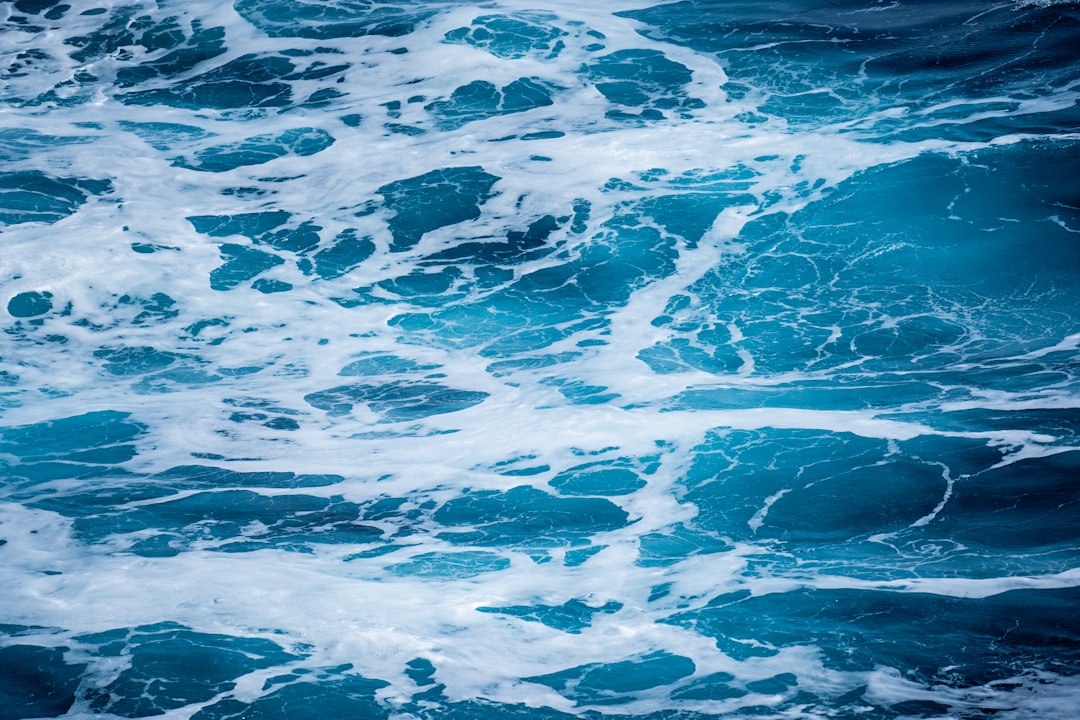The Kap Hoorn Drake Passage, a formidable stretch of water located at the southern tip of South America, serves as a critical maritime route connecting the Atlantic and Pacific Oceans. This passage, often regarded as one of the most treacherous waterways in the world, is named after Cape Horn, a rocky promontory on Hornos Island in Chile. The region is characterized by its dramatic landscapes, unpredictable weather, and rich maritime history, making it a focal point for sailors, adventurers, and nature enthusiasts alike.
The passage is not merely a geographical feature; it embodies the spirit of exploration and the challenges faced by those who dare to navigate its turbulent waters. The significance of the Kap Hoorn Drake Passage extends beyond its navigational importance. It has become a symbol of human resilience and determination in the face of nature’s might.
For centuries, sailors have braved its fierce winds and towering waves, driven by the promise of discovery and the allure of distant lands. Today, it continues to attract those seeking adventure, offering a unique blend of natural beauty and historical intrigue that captivates the imagination of all who venture into its depths.
Key Takeaways
- The Kap Hoorn Drake Passage is a treacherous waterway located at the southern tip of South America, known for its challenging navigational conditions and stunning natural beauty.
- The history of the Kap Hoorn Drake Passage is filled with tales of exploration, shipwrecks, and the quest for a sea route between the Atlantic and Pacific Oceans.
- Geographically, the Kap Hoorn Drake Passage is characterized by its narrow width, strong winds, and unpredictable weather patterns, making it a difficult passage for ships to navigate.
- Navigating the Kap Hoorn Drake Passage presents numerous challenges and dangers, including strong currents, icebergs, and extreme weather conditions that require careful planning and seamanship.
- The wildlife and natural attractions of the Kap Hoorn Drake Passage are a major draw for adventurers, with opportunities to see penguins, seals, whales, and breathtaking landscapes.
History of the Kap Hoorn Drake Passage
The history of the Kap Hoorn Drake Passage is steeped in tales of exploration and maritime endeavor. The passage was first navigated by European explorers in the early 16th century, with Ferdinand Magellan being one of the first to chart these waters during his circumnavigation of the globe. However, it was not until the late 17th century that Cape Horn itself was officially rounded by Dutch explorer Willem Schouten, who sought a new route to the East Indies.
This marked a significant milestone in maritime history, as it opened up new trade routes and opportunities for exploration. Throughout the 18th and 19th centuries, the passage became a vital artery for global trade, particularly during the Gold Rush era when prospectors flocked to California. Ships laden with goods and hopeful fortune-seekers braved the perilous waters, often facing fierce storms and treacherous conditions.
The passage’s reputation as a graveyard for ships grew, leading to numerous shipwrecks and tales of survival against all odds. This tumultuous history has left an indelible mark on the region, shaping its identity as a place where human ambition meets nature’s fury.
Geographical features of the Kap Hoorn Drake Passage

The geographical features of the Kap Hoorn Drake Passage are as diverse as they are striking. The passage itself is characterized by its narrow width and deep waters, with depths reaching over 3,000 meters in some areas. The surrounding landscape is dominated by rugged mountains, steep cliffs, and dramatic coastlines that rise sharply from the sea.
The region is also home to numerous islands, including the infamous Cape Horn, which stands as a sentinel over the turbulent waters below. The unique topography of the area contributes to its unpredictable weather patterns. The convergence of cold Antarctic waters with warmer currents from the north creates a volatile environment where storms can develop rapidly.
This dynamic interplay between land and sea not only shapes the physical landscape but also influences the biodiversity found within the passage. The stark contrasts between land and water create habitats that support a wide array of marine life and bird species, making it a region of immense ecological significance.
Navigational challenges and dangers
| Category | Challenges and Dangers |
|---|---|
| Weather | Storms, fog, and strong currents |
| Obstacles | Rocks, reefs, and sandbars |
| Navigation aids | Malfunctioning buoys and lighthouses |
| Human error | Collisions, groundings, and misjudgments |
Navigating the Kap Hoorn Drake Passage presents numerous challenges that test even the most experienced mariners. The passage is notorious for its fierce winds, which can reach speeds of over 100 kilometers per hour, creating towering waves that can exceed 10 meters in height. These conditions can change rapidly, often without warning, making it essential for sailors to remain vigilant and prepared for sudden shifts in weather.
In addition to the unpredictable weather, navigational hazards abound in these waters. The presence of submerged rocks, strong currents, and shifting icebergs adds another layer of complexity to navigation. Many vessels have met their fate in these treacherous waters due to poor visibility or miscalculations in navigation.
As such, mariners must possess not only technical skills but also an intimate knowledge of the local conditions to safely traverse this formidable passage.
Wildlife and natural attractions
The Kap Hoorn Drake Passage is not only a challenging navigational route but also a haven for wildlife and natural beauty. The region is home to an impressive array of marine life, including whales, dolphins, seals, and various species of fish. Humpback whales are often spotted during their migration through these waters, while orcas can be seen hunting in pods.
The rich marine ecosystem supports a vibrant food chain that attracts both predators and prey alike. In addition to marine life, the surrounding islands and coastal areas boast diverse terrestrial ecosystems. Birdwatchers flock to Cape Horn to observe seabirds such as albatrosses and petrels soaring above the waves.
The stark beauty of the landscape, with its dramatic cliffs and pristine beaches, offers breathtaking views that captivate visitors. The combination of wildlife and stunning natural attractions makes the Kap Hoorn Drake Passage a unique destination for those seeking adventure and connection with nature.
Tips for navigating the Kap Hoorn Drake Passage

For those planning to navigate the Kap Hoorn Drake Passage, preparation is key to ensuring a safe and successful journey. First and foremost, mariners should familiarize themselves with local weather patterns and sea conditions before setting sail. Utilizing advanced weather forecasting tools can provide valuable insights into potential storms or changes in wind direction that may impact navigation.
Sailors should ensure that their boats are equipped with reliable navigation systems, communication devices, and safety equipment such as life rafts and emergency beacons. It is also advisable to travel in groups or as part of an organized expedition to enhance safety and share resources during the journey.
Popular activities and attractions along the passage
The Kap Hoorn Drake Passage offers a wealth of activities and attractions for adventurous travelers. One popular pursuit is sailing or cruising through the passage itself, allowing visitors to experience firsthand the dramatic landscapes and unpredictable weather that define this region. Many tour operators offer guided expeditions that provide opportunities for wildlife watching, photography, and exploration of remote islands.
In addition to sailing, kayaking has become an increasingly popular activity in these waters. Paddling through sheltered bays allows adventurers to get up close to marine life while enjoying a unique perspective on the stunning scenery. Hiking on nearby islands provides further opportunities for exploration, with trails leading to breathtaking viewpoints overlooking the passage.
Whether sailing, kayaking, or hiking, visitors are sure to find plenty of ways to immerse themselves in the natural beauty of this remarkable region.
Weather and climate considerations
The weather in the Kap Hoorn Drake Passage is notoriously unpredictable, characterized by rapid changes that can occur within minutes. Mariners must be prepared for a range of conditions, from calm seas to violent storms. The region experiences strong winds year-round due to its proximity to Antarctica and the Southern Ocean, with winter months often bringing harsher conditions.
Temperatures can vary significantly depending on the season, with summer months (December to February) offering milder weather compared to winter (June to August). However, even during summer, sailors should be prepared for sudden temperature drops and rain showers. Understanding these climatic patterns is essential for anyone planning to navigate this challenging passage.
Safety precautions and emergency procedures
Safety should always be a top priority when navigating the Kap Hoorn Drake Passage. Mariners are advised to conduct thorough safety briefings before embarking on their journey, ensuring that all crew members are familiar with emergency procedures and equipment onboard. Regular drills can help prepare everyone for potential emergencies such as man-overboard situations or equipment failures.
In addition to safety drills, having a comprehensive emergency plan in place is crucial. This plan should include communication protocols for contacting rescue services if needed and procedures for handling medical emergencies onboard. Carrying an adequate supply of first aid kits and emergency provisions can make a significant difference in ensuring crew safety during unexpected situations.
Cultural significance and historical landmarks
The cultural significance of the Kap Hoorn Drake Passage is deeply intertwined with its maritime history. Cape Horn itself stands as a testament to human exploration and resilience against nature’s challenges. The area is dotted with historical landmarks that tell stories of shipwrecks, daring rescues, and legendary voyages that have shaped maritime lore.
One notable landmark is the Cape Horn Monument, which commemorates sailors who have lost their lives navigating these treacherous waters. This monument serves as a poignant reminder of both the dangers faced by mariners and their enduring spirit of adventure. Additionally, nearby settlements such as Puerto Williams offer glimpses into local culture and history, providing visitors with opportunities to learn about indigenous communities and their connection to this remarkable landscape.
Conclusion and recommendations for navigating the Kap Hoorn Drake Passage
In conclusion, navigating the Kap Hoorn Drake Passage is an endeavor that requires careful preparation, respect for nature’s power, and an appreciation for its rich history and biodiversity. This formidable waterway offers both challenges and rewards for those willing to brave its depths. Mariners should prioritize safety by equipping their vessels appropriately and staying informed about weather conditions while remaining vigilant throughout their journey.
For adventurers seeking an unforgettable experience, exploring this iconic passage promises breathtaking views, encounters with wildlife, and a profound connection with nature’s raw beauty. Whether sailing through its turbulent waters or hiking along its rugged shores, visitors will undoubtedly find themselves captivated by the allure of the Kap Hoorn Drake Passage—a true testament to human exploration amidst nature’s grandeur.
The treacherous waters of the Drake Passage, which lies between Cape Horn and the South Shetland Islands of Antarctica, have long been a formidable challenge for sailors. This narrow stretch of sea is notorious for its unpredictable weather and strong currents, making it one of the most dangerous maritime routes in the world. For those interested in learning more about the geographical and historical significance of this region, a related article can be found on MyGeoQuest. This article delves into the unique challenges and natural beauty of the Drake Passage, providing a comprehensive overview for geography enthusiasts.
